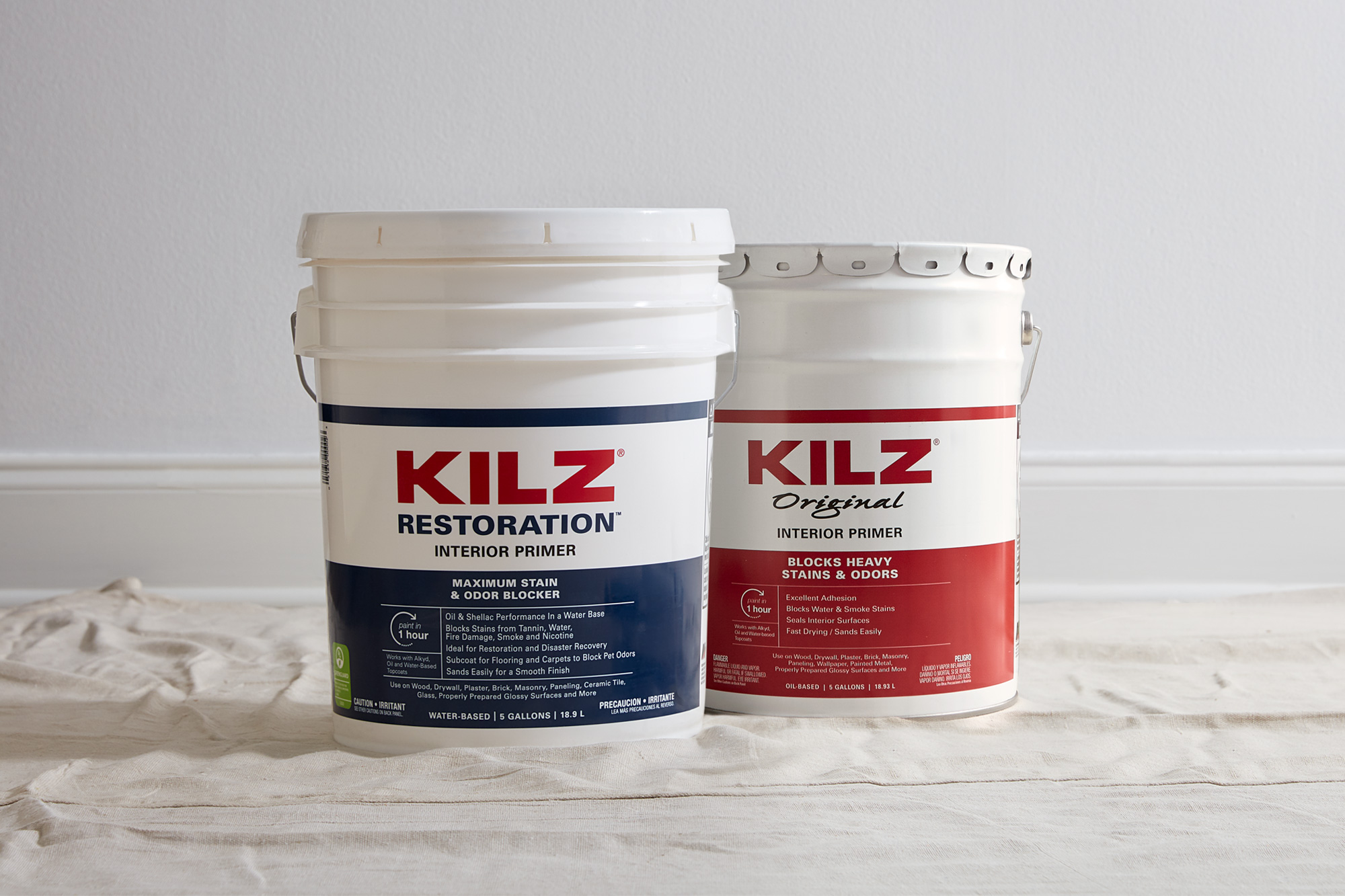
Restoration vs. Original – What’s the Difference?
February 25, 2022 For the last 7 years, John Golamco has led the primer category at KILZ®. He is the Product Manager representing this category and has over 25 years of collective experience in sales and marketing. He lives in Southern California and enjoys traveling and cooking when he isn’t priming various surfaces!
For the last 7 years, John Golamco has led the primer category at KILZ®. He is the Product Manager representing this category and has over 25 years of collective experience in sales and marketing. He lives in Southern California and enjoys traveling and cooking when he isn’t priming various surfaces!
Why are we comparing KILZ® Original and KILZ Restoration® Primers?
When our customers have a project that involves severe stains and/or persistent unwanted odors, they turn to KILZ primers. Two products that help solve these problems are KILZ Restoration water-based primer and KILZ Original oil-based primer. KILZ Restoration is an innovative water-based primer which provides similar performance in stain and odor blocking as the long-established oil-based KILZ Original primer. Shellac and oil-based are traditionally better known to block severe stains especially water-soluble stains.
What are the differences between KILZ Original & Restoration Primers?
KILZ Original is an oil-based primer and stain blocker which can block/seal severe stains and odors but has higher volatile organic compounds (VOC’s) which are organic chemical compounds that vaporize and enter the atmosphere. It also has a stronger solvent odor and requires mineral spirits or paint thinner to clean-up. KILZ Restoration is a water-based primer which also blocks severe stains and odors, however, has lower VOC’s which meets all national regulations. It is also a low odor primer and has easy clean-up with soap and water.
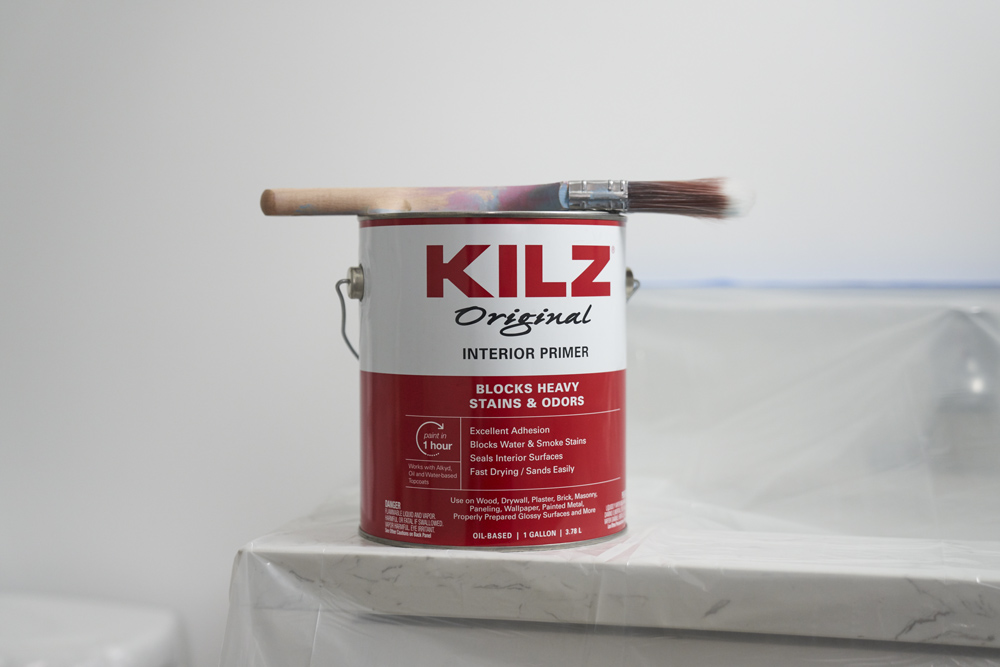
What is an oil-based primer? What are the benefits?
Oil-based primers are better at blocking or sealing stains, especially water-soluble stains. They’re also superior at blocking tannin. Oil-based primers have natural (i.e. linseed oil) and synthetic (i.e. alkyd oil) variants as their base technology. Alkyds have become popular in recent decades due to more easily sourced raw materials, lower cost and durability of the coating film.
TOP BENEFITS
1. It dries to a hard finish, making it durable against wear and weather.
2. Feels thick to apply and feels like it adheres well upon application which makes for an outstanding application experience.
3. Penetrates wood fibers well, making it ideal in sealing and protecting the wood.
4. Slower dry time compared to water-based which has some advantage in giving more open time to apply and for touch-ups.
KILZ Original interior primer for example, is a legacy product trusted by pro painters for 50 years! It delivers excellent stain blocking, odor blocking, adhesion performance, durability and is a fast-drying oil so pros can get more done in less time. KILZ Original line of oil-based primers use top quality modified alkyd resins as the base technology of their primer formulas.
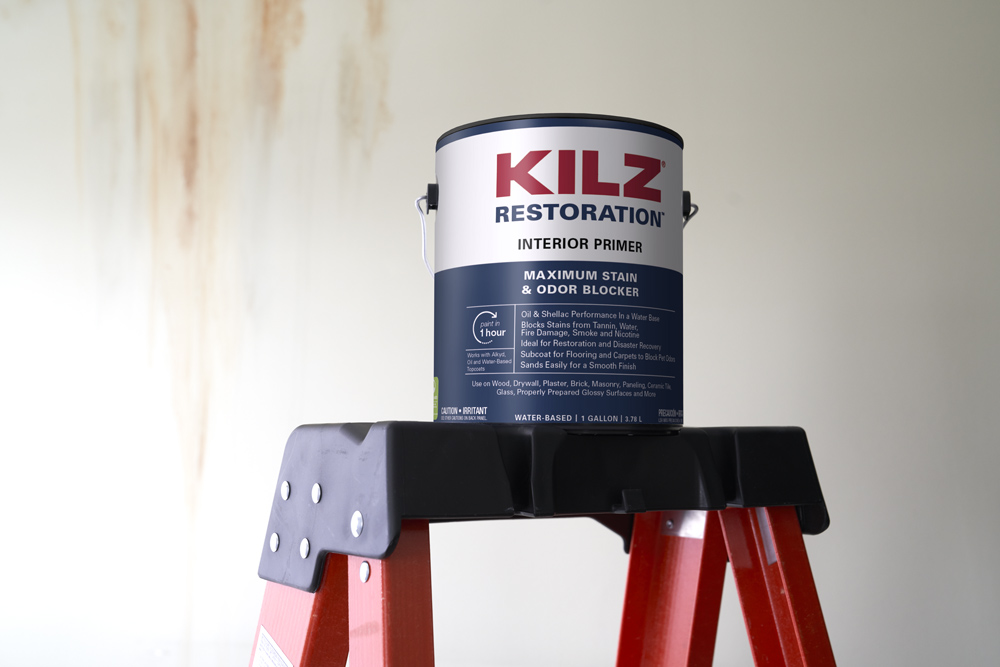
What is a water-based primer? What are the benefits?
Water-based primers, also known as “latex” primers, are easier to clean (using soap and water), dry fast and have low VOC’s, making them healthier to use for you and the environment. In terms of their formulations, water-based primers, like water-based paints, use water as the solvent. Several other ingredients such as binders, pigments, fillers, and additives are then mixed in to create the final product.
TOP BENEFITS
1. Not combustible or flammable.
2. Low in odor making it ideal for use in interior spaces while oil-based needs very good ventilation.
3. The advancements in coatings technology have allowed water-based primers to dramatically improve and are beginning to perform on par with oil-based primers in terms of adhesion, stain blocking, and even odor blocking; and they have a faster dry time which saves time and money.
KILZ 2® ALL-PURPOSE, which is KILZ best-selling primer, is an acrylic polymer since it uses an acrylic plastic resin as its base ingredient – this is what makes the primer stick well to the surface and gives topcoat paint a sound, uniform surface to stick to – making it look better and last longer. KILZ RESTORATION is a new innovation in water-based primer technology which gives this product the performance of an oil-based (in severe stain blocking and odor blocking) but with the low VOC’s, low odor, easy clean-up and faster drying time that water-based provides. It’s the “best of both worlds”!
When would you choose to use an oil-based primer over a water-based primer? And vice versa?
TEAM OIL-BASED
• Choose an oil-based primer if priming over a previous oil-based paint and/or priming on fresh wood.
• Oil-based will seal the wood better and block any tannin stains that might bleed out.
• Oil-based is also ideal if blocking smoke and water stains as well as unwanted odors.
TEAM WATER-BASED
• Choose water-based if priming indoors where ventilation may be poor and in spaces sensitive to strong odors.
• Ideal choice when projects require a lower VOC level product, there is a flammability concern, and/or there is preference for clean-up without the use of harsh chemicals.
• State and local regulations might make oil-based products limited in availability or access. In such cases, water-based is a great choice.
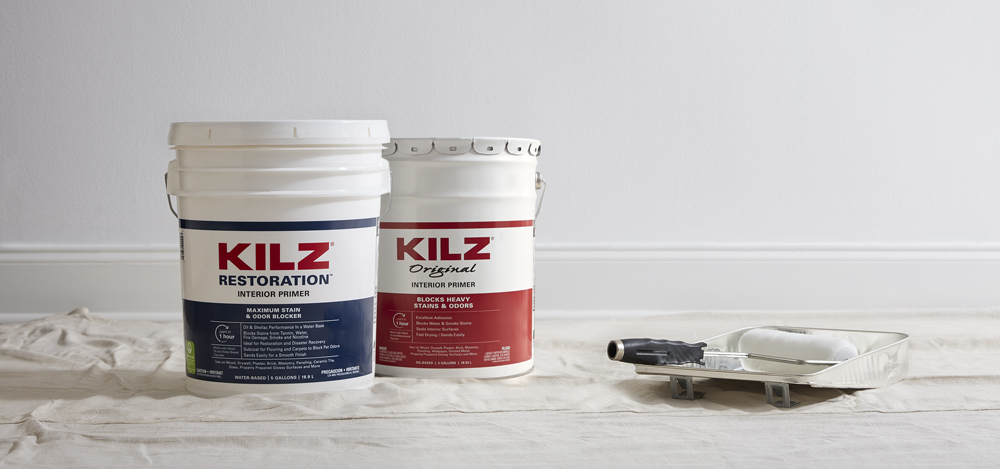
What are the best use cases for Oil-based? For Water-based? Project examples?
Oil-Based: priming over water stains on ceiling tiles or priming over bare wood especially redwood varieties that bleed tannin/sealing wood knots would be some specific examples of best use cases for oil-based. Also ideal for blocking/sealing severe stains especially water-soluble stains that might be “activated” and bleed through if a water-based primer is used. Oil-based primers are also durable since they dry to a harder finish. KILZ Original Interior/Exterior primer for example is an excellent choice for exterior application due to its weather resistance, especially on wood surfaces.
Water-Based: priming indoor walls and cabinets in a space with limited ventilation or a project where low VOC emissions are a requirement. In both cases, do not apply too many coats of the primer. Even if the primer does not look like a finished coat, it is adequate to do the job of sealing the surface, blocking the stain (if any) and laying a good foundation coat to help the topcoat adhere (stick). It’s the paint’s job to completely cover everything and deliver the expected final color. The primer will help the paint look its best. A paint coatings calculator is available on https://www.kilz.com/calculator.
Always remember to refer to our website kilz.com or product back labels for additional information on which primer is right for your project and detailed instructions on how to apply our products.
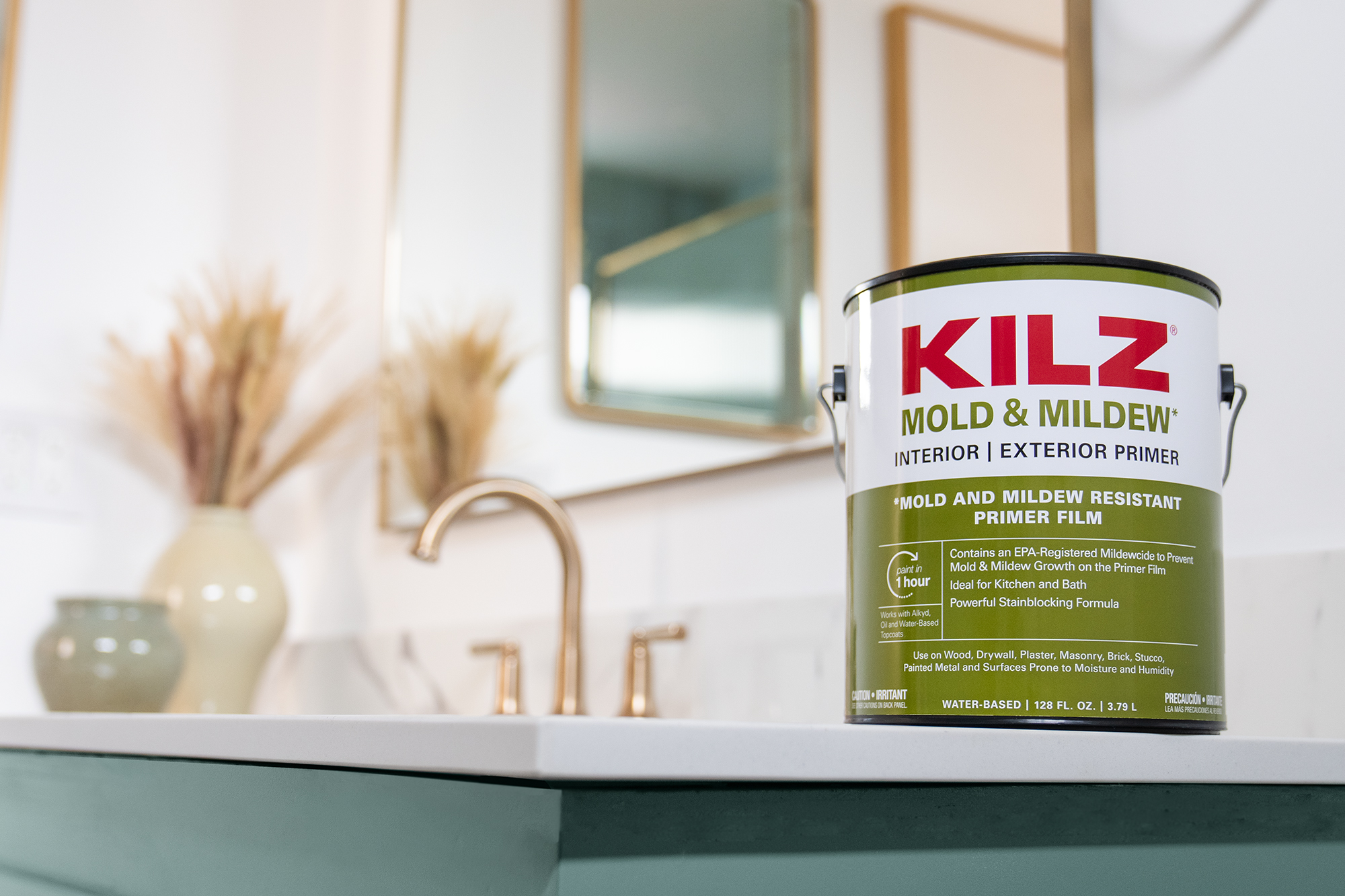
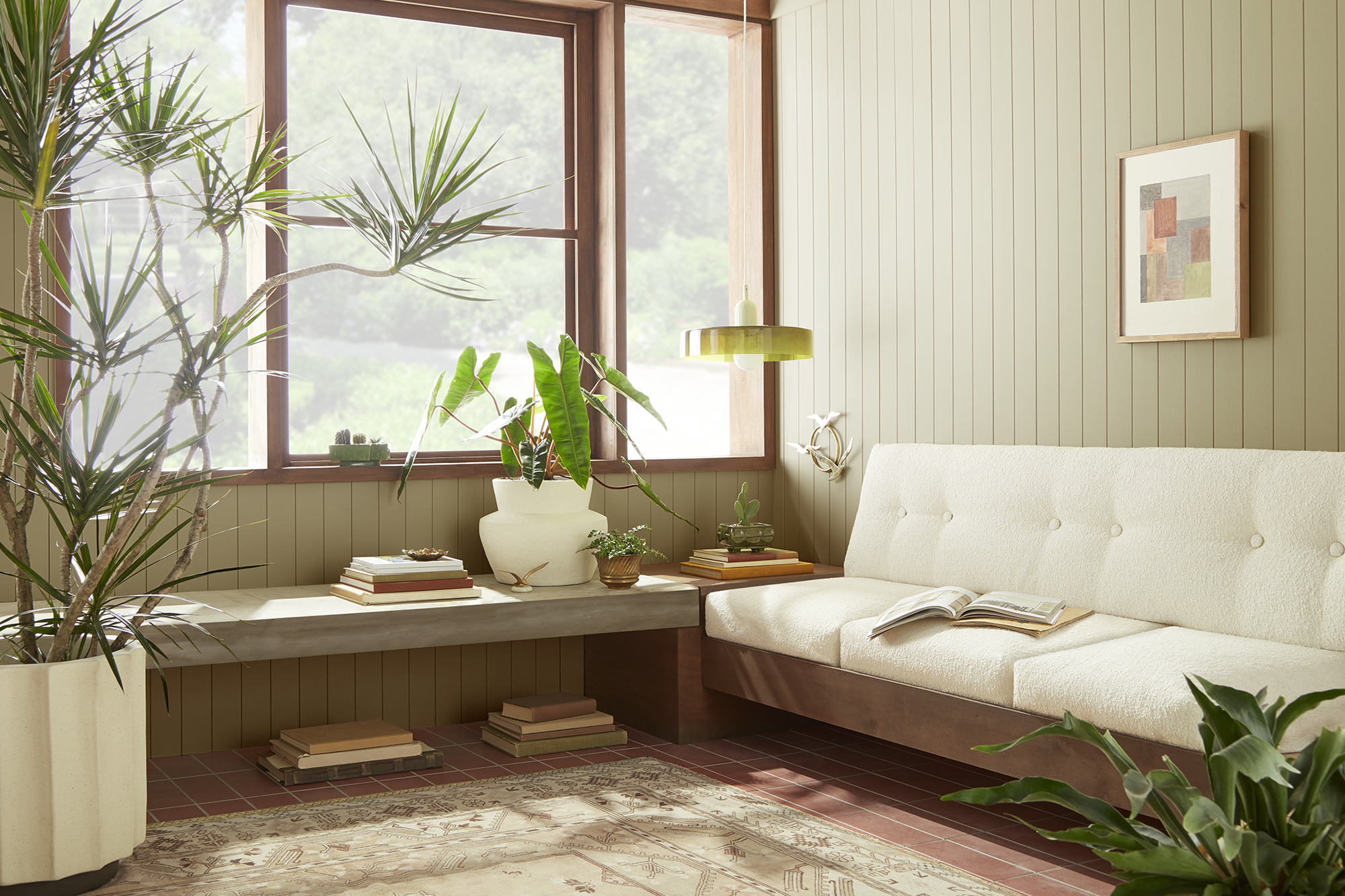

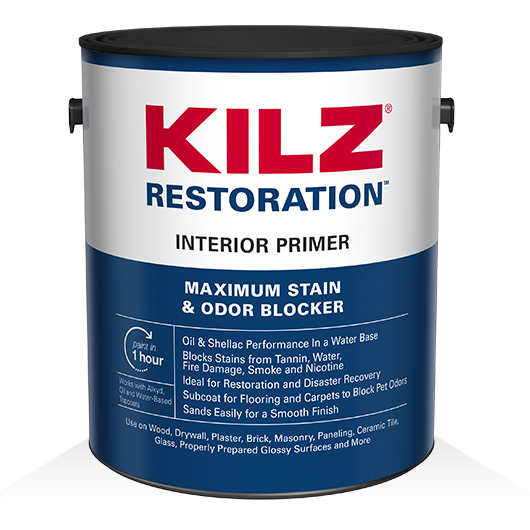
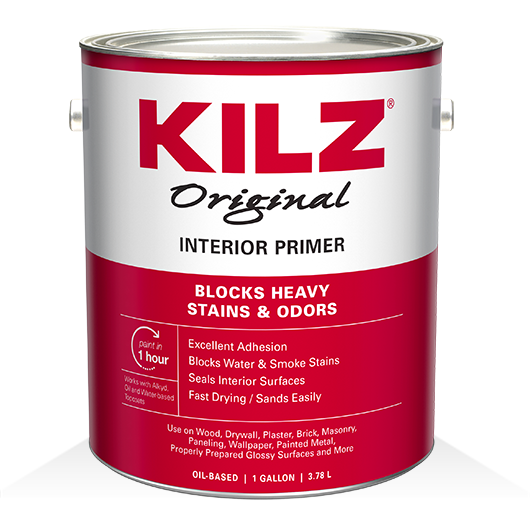
join the conversation:
SHARE this post:
COMMENTS: